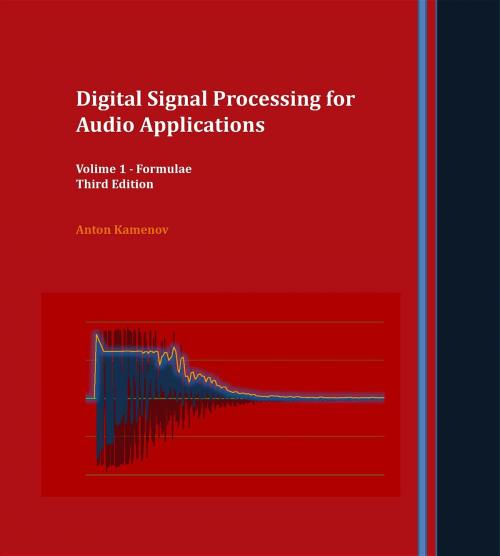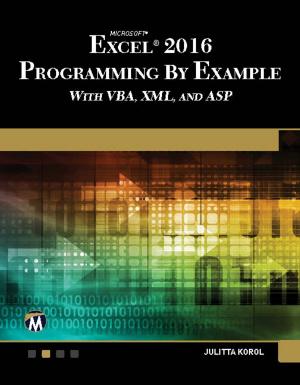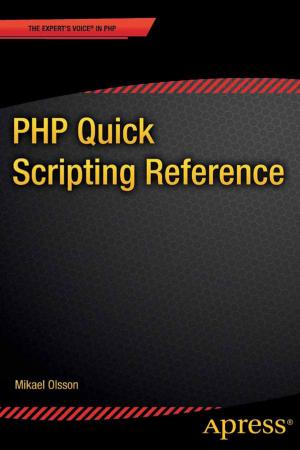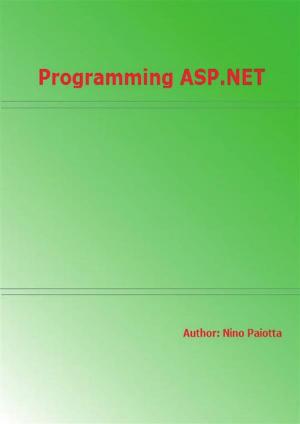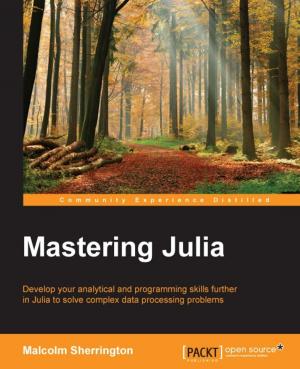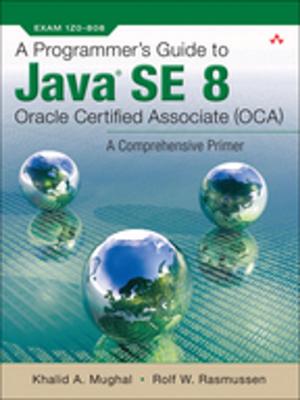Digital Signal Processing for Audio Applications
Volume 2 - Code
Nonfiction, Science & Nature, Technology, Engineering, Computers, Programming| Author: | Anton R Kamenov | ISBN: | 9780692913826 |
| Publisher: | Anton Kamenov | Publication: | August 1, 2017 |
| Imprint: | Anton Kamenov | Language: | English |
| Author: | Anton R Kamenov |
| ISBN: | 9780692913826 |
| Publisher: | Anton Kamenov |
| Publication: | August 1, 2017 |
| Imprint: | Anton Kamenov |
| Language: | English |
In the summer of 2003 we began designing multi-track recording and mixing software – Orinj at RecordingBlogs.com – a software application that will take digitally recorded audio tracks and will mix them into a complete song with all the needed audio production effects. Manipulating digital sound, as it turned out, was not easy. We had to find the answers of many questions, including what digital audio was, how we could mix audio tracks, how we could track the amplitude of digital sound so that we could apply compression, how we could track frequencies so that we could equalize, what a good model of artificial reverb would be, and many others. Bits of relevant information were available, albeit not always well organized and not always intuitive.
Explaining the mathematics behind digital signal processing – DSP – is the task volume 1. It is a start, but there is more. It is not always straightforward to translate the mathematics into code. The purpose of volume 2 is just that. It translates the mathematical formulae in volume 1 into practical algorithms. It does so with actual DSP effects, including distortion, delay, chorus, equalizer, compressor, reverb, wah wah, and others.
Volume 1 of this book makes the argument that much of DSP can be reduced to simple algebraic and trigonometric manipulations. We hope that this volume shows that coding DSP is similarly not complex. In contemporary audio recording and mixing software, storing audio data, managing audio files, and designing an intuitive but functional user interface could be much more intricate than modifying the audio data themselves.
In the summer of 2003 we began designing multi-track recording and mixing software – Orinj at RecordingBlogs.com – a software application that will take digitally recorded audio tracks and will mix them into a complete song with all the needed audio production effects. Manipulating digital sound, as it turned out, was not easy. We had to find the answers of many questions, including what digital audio was, how we could mix audio tracks, how we could track the amplitude of digital sound so that we could apply compression, how we could track frequencies so that we could equalize, what a good model of artificial reverb would be, and many others. Bits of relevant information were available, albeit not always well organized and not always intuitive.
Explaining the mathematics behind digital signal processing – DSP – is the task volume 1. It is a start, but there is more. It is not always straightforward to translate the mathematics into code. The purpose of volume 2 is just that. It translates the mathematical formulae in volume 1 into practical algorithms. It does so with actual DSP effects, including distortion, delay, chorus, equalizer, compressor, reverb, wah wah, and others.
Volume 1 of this book makes the argument that much of DSP can be reduced to simple algebraic and trigonometric manipulations. We hope that this volume shows that coding DSP is similarly not complex. In contemporary audio recording and mixing software, storing audio data, managing audio files, and designing an intuitive but functional user interface could be much more intricate than modifying the audio data themselves.
